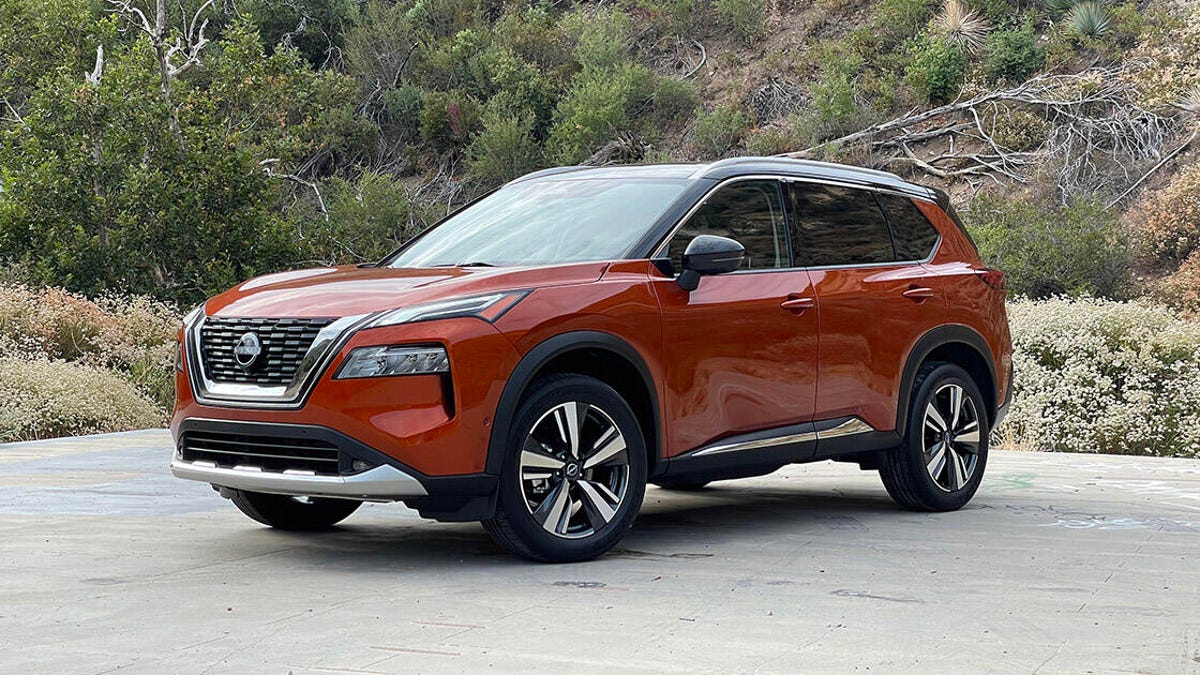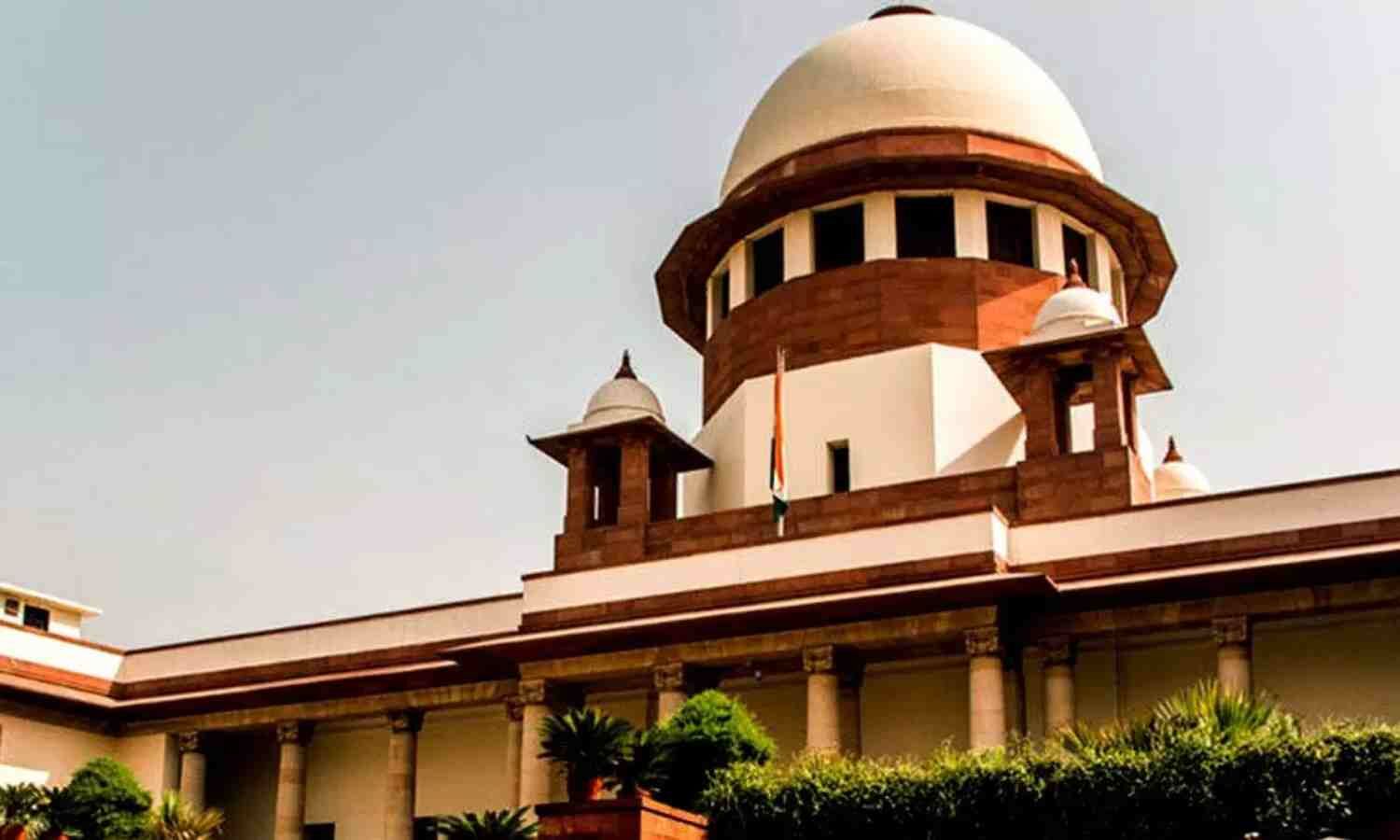US puts pressure on G7 allies to impose high tariffs on countries buying Russian oil, India singled out even as Europe continues to buy Russian gas
After asking EU to impose 100% tariff on India, now the United States is pressuring its G7 partners to put tariffs on countries that continue buying oil from Russia, and India has become one of the main targets. US has already imposed 25% tariff on India for buying Russian oil, apart from 25% citing India’s high tariff, taking total tariff to 50%. On Friday, 12th September, U.S. Treasury Secretary Scott Bessent and Trade Representative Jamieson Greer held a call with G7 finance ministers. They asked allied nations to work together and penalise countries that are still trading energy with Moscow. In a joint statement, they said only a “unified effort” to cut Russia’s earnings could push an end to the war in Ukraine. A spokesperson from the Treasury went even further, saying that “meaningful tariffs” should be placed on goods coming from India and China. India has been one of the largest buyers of cheap Russian crude since 2022. While this has helped keep global oil markets steady, Washington has been unhappy with New Delhi’s stance. President Donald Trump has already doubled tariffs on Indian imports to 50%, which has frozen trade talks between the two countries. Interestingly, China has avoided such penalties, with Trump saying he does not want to hurt ongoing negotiations with Beijing. This uneven approach has raised questions about Washington’s strategy. Moreover, European countries continue to buy Russian gas. In fact, recently Donald Trump was angry at Ukraine for disrupting Russian gas supply to central Europe by bombing a pipeline. While European countries are attempting to reduce dependence on Russian energy sources, they continue to import substantial quantities of liquefied natural gas (LNG) from Russia. Despite Trump’s pressure to impose high tariff on India, EU is unlike to do that, as the bloc has accelerated talks with India for Free Trade Agreement. Both sides have said that the FTA will be finalised by the end of this year. The G7 meeting, hosted by Canadian Finance Minister Francois-Philippe Champagne, also discussed using frozen Russian assets to support Ukraine’s defence and looked at wider measures, including new sanctions. Meanwhile, Bessent will continue talks in Madrid with Chinese Vice Premier He Lifeng, where issues like TikTok’s U.S. divestment and money laundering risks will also be discussed. Trump said his patience with Russian President Vladimir Putin was “running out.” He hinted that tougher actions on Russian banks and oil could come soon, but stressed that any move must be taken in coordination with European allies, in a separate interview on Friday, 12th September, with Fox News. Trump expressed frustration in the interview about Putin’s failure to halt the war despite Trump’s peacemaking efforts. Trump said sanctions on banks and oil were an option to increase along with tariffs to increase pressure on Russia, but added that European countries also needed to participate. “We’re going to have to come down very, very strong,” Trump said. The Treasury spokesperson said that G7 partners also needed to increase pressure on Russia. “President Trump’s Peace and Prosperity Administration is ready, and our G7 partners need to step up with us,” the spokesperson added.



After asking EU to impose 100% tariff on India, now the United States is pressuring its G7 partners to put tariffs on countries that continue buying oil from Russia, and India has become one of the main targets. US has already imposed 25% tariff on India for buying Russian oil, apart from 25% citing India’s high tariff, taking total tariff to 50%.
On Friday, 12th September, U.S. Treasury Secretary Scott Bessent and Trade Representative Jamieson Greer held a call with G7 finance ministers. They asked allied nations to work together and penalise countries that are still trading energy with Moscow. In a joint statement, they said only a “unified effort” to cut Russia’s earnings could push an end to the war in Ukraine. A spokesperson from the Treasury went even further, saying that “meaningful tariffs” should be placed on goods coming from India and China.
India has been one of the largest buyers of cheap Russian crude since 2022. While this has helped keep global oil markets steady, Washington has been unhappy with New Delhi’s stance. President Donald Trump has already doubled tariffs on Indian imports to 50%, which has frozen trade talks between the two countries.
Interestingly, China has avoided such penalties, with Trump saying he does not want to hurt ongoing negotiations with Beijing. This uneven approach has raised questions about Washington’s strategy.
Moreover, European countries continue to buy Russian gas. In fact, recently Donald Trump was angry at Ukraine for disrupting Russian gas supply to central Europe by bombing a pipeline. While European countries are attempting to reduce dependence on Russian energy sources, they continue to import substantial quantities of liquefied natural gas (LNG) from Russia.
Despite Trump’s pressure to impose high tariff on India, EU is unlike to do that, as the bloc has accelerated talks with India for Free Trade Agreement. Both sides have said that the FTA will be finalised by the end of this year.
The G7 meeting, hosted by Canadian Finance Minister Francois-Philippe Champagne, also discussed using frozen Russian assets to support Ukraine’s defence and looked at wider measures, including new sanctions. Meanwhile, Bessent will continue talks in Madrid with Chinese Vice Premier He Lifeng, where issues like TikTok’s U.S. divestment and money laundering risks will also be discussed.
Trump said his patience with Russian President Vladimir Putin was “running out.” He hinted that tougher actions on Russian banks and oil could come soon, but stressed that any move must be taken in coordination with European allies, in a separate interview on Friday, 12th September, with Fox News.
Trump expressed frustration in the interview about Putin’s failure to halt the war despite Trump’s peacemaking efforts. Trump said sanctions on banks and oil were an option to increase along with tariffs to increase pressure on Russia, but added that European countries also needed to participate.
“We’re going to have to come down very, very strong,” Trump said.
The Treasury spokesperson said that G7 partners also needed to increase pressure on Russia.
“President Trump’s Peace and Prosperity Administration is ready, and our G7 partners need to step up with us,” the spokesperson added.























































































































